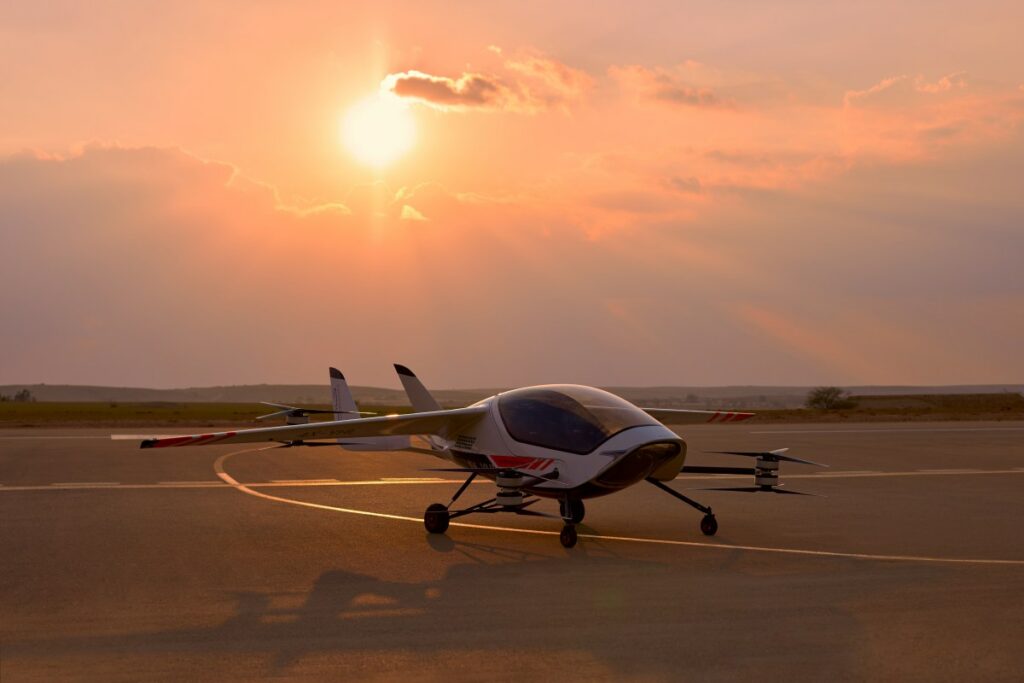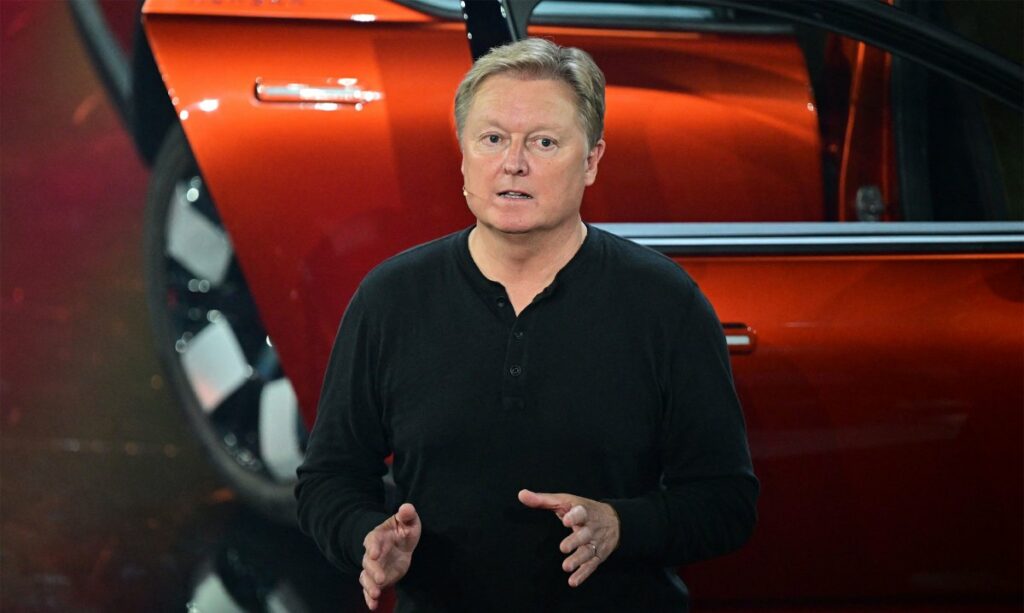The combined forces of escalating geopolitical tensions and rising defense budgets are spurring many electric vertical takeoff and landing (eVTOL) makers to take a two-pronged approach to building their aircraft: crewed vehicles for personal or commercial taxi use, and uncrewed vehicles meant for logistics and defense purposes.
AIR, an Israel-based startup developing eVTOLs, thought it prudent to adopt a similar approach from the get-go, designing both its uncrewed and piloted aircraft with the same airframe and core systems so it could develop for both use cases at once.
The company currently offers a piloted eVTOL craft, dubbed AIR ONE, for personal use, and an uncrewed eVTOL designed for cargo transport, contested logistics, and defense applications. Since its first cargo eVTOL delivery in late 2023, the company has secured over 2,500 pre-orders for its piloted personal aircraft, AIR ONE, and plans to ship 15 cargo eVTOLs this year.
To build on that momentum, AIR recently raised $23 million in a Series A funding round led by Entree Capital, with participation from existing backer Dr. Shmuel Harlap, an early investor in Mobileye. The new capital will be used to scale its production facility in Israel, hire additional employees, and support the company’s expansion to the U.S., CEO and co-founder Rani Plaut told TechCrunch in an interview.
The Series A funding comes in the wake of a recent U.S. Executive Order promoting domestic drone and eVTOL development, as well as an update to the FAA’s MOSAIC rule that expands certification pathways.
The company’s cargo aircraft currently in operation do not require full Type Certification and are flown under Experimental Airworthiness Certificates (EAC) for logistics and dual-use missions, according to Plaut. EACs are issued to aircraft that are in development, testing, or for research purposes. They allow the aircraft to fly under strict conditions and limitations.
“Our launch customer is flying under an Experimental Airworthiness Certificate, which will convert to a “Type” certificate once the uncrewed eVTOL completes the certification process,” he said.
Techcrunch event
San Francisco
|
October 27-29, 2025
Type certification means an aircraft meets all applicable safety and regulatory standards, and can be produced and operated commercially. EACs don’t “convert” automatically to Type certificates; AIR likely will use its EAC to test its prototype while working through the Type certification process.
Meanwhile, AIR expects the two-seated, piloted AIR ONE to qualify for Light Sport Aircraft (LSA) certification under the new MOSAIC rules. Aircraft certified as LSA are limited to flying outside densely populated areas and away from controlled airspace.
“We designed the AIR ONE from day one to align with the MOSAIC LSA criteria, anticipating a more streamlined certification pathway,” Plaut added. “Now that the rule is finalized, we’re on track to become the first piloted eVTOL certified under LSA to reach private customers. Our goal is to begin deliveries as soon as the rule becomes enforceable in 2026.”
The U.S. is a great market for eVTOL companies today, given the opportunity to land enterprise and government contracts, especially as the Trump administration adopts an increasingly hawkish defense stance. But AIR will face intense competition: Joby Aviation and Archer Aviation already have partnerships with airlines to bring their air taxi services to life; and along with Beta Technologies, they already have military contracts for testing their aircrafts’ recon and logistics abilities. On top of that, AIR isn’t manufacturing its eVTOLs in the U.S. yet, which is table stakes for winning government contracts.
Still, AIR says its design architecture and cost control give it an edge against the incumbents. It hopes its current funding round will help it with its planned U.S.-based manufacturing hub for high-volume production.
“What sets AIR apart is the shared design DNA between both aircraft variants,” Plaut said. This unified architecture allows for cross-platform upgrades, meaning advancements in one model can be applied to the other, streamlining development, manufacturing, and scalability, he explained.
“The size and folding-wing mechanism solve a major infrastructure hurdle,” Plaut explained. “They don’t require airports or complex handling — just a flat surface — and can park in most garages or driveways.”
AIR’s uncrewed model also follows simplified SOPs (standard operating procedures), which, the CEO says, allows even minimally trained ground crews to operate it. “And we’re closing the cost gap by applying automotive-grade manufacturing principles for scalable production,” he added.


